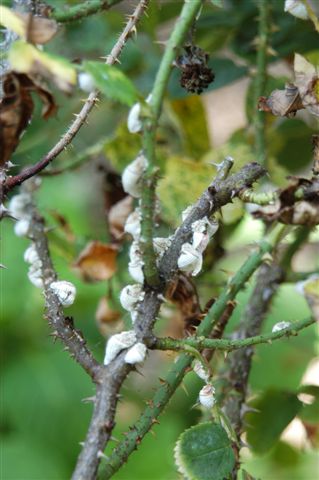Have a question for us? Email us at info@darbyagservices.com
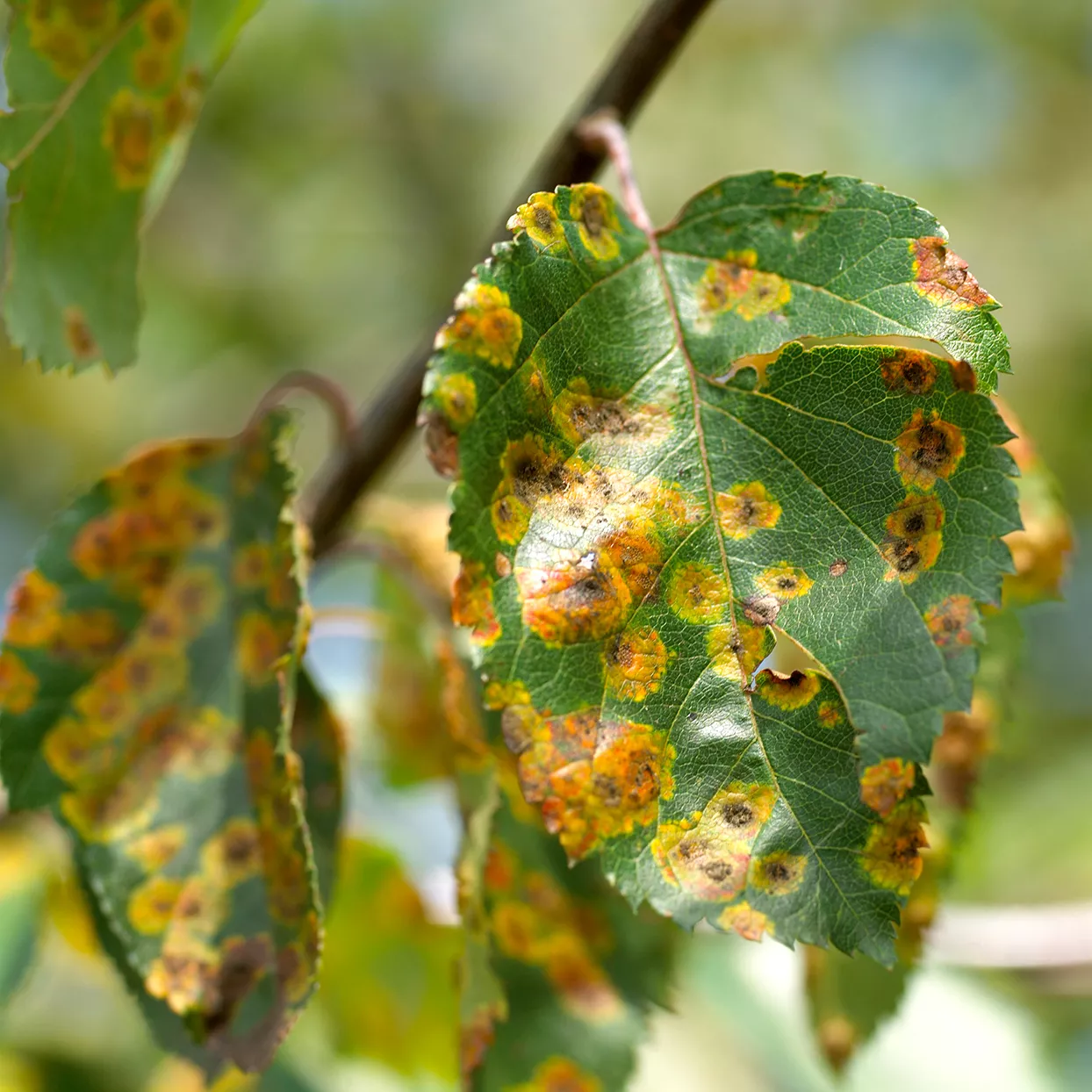
LEAF RUST
You're dealing with leaf rust when you see orange, gold, or reddish spots rupturing leaf surfaces. While it rarely kills plants, rust fungus makes leaves unsightly and weakens the plant by interfering with photosynthesis, the process a plant uses to make food. Each plant species susceptible to rust hosts a particular rust species that may vary from other rust species in appearance.
Damage: Signs of leaf rust tree disease include leaves that are discolored or mottled yellow to brown and powdery fungal clusters on the leaves. The powdery material can be scraped off. Also, the leaves may become twisted and distorted and may dry and drop off, and twigs may also be infected.
FIRE BLIGHT
Aptly named, fire blight gives trees and shrubs the appearance that portions of their branches have been scorched by fire. Blossoms and leaves of some twigs suddenly wilt and turn brown or black. Fire blight is caused by bacteria that are particularly active in warm, moist weather. Bees, rain, and infected pruning tools spread the disease.
Damage: Tips of infected branches may hang down. The bark at the base of the blighted twig takes on a water-soaked appearance, then looks dark, sunken, and dry. Fire blight attacks a few twigs at a time to create a flaglike effect of dead foliage on different areas of the plant.
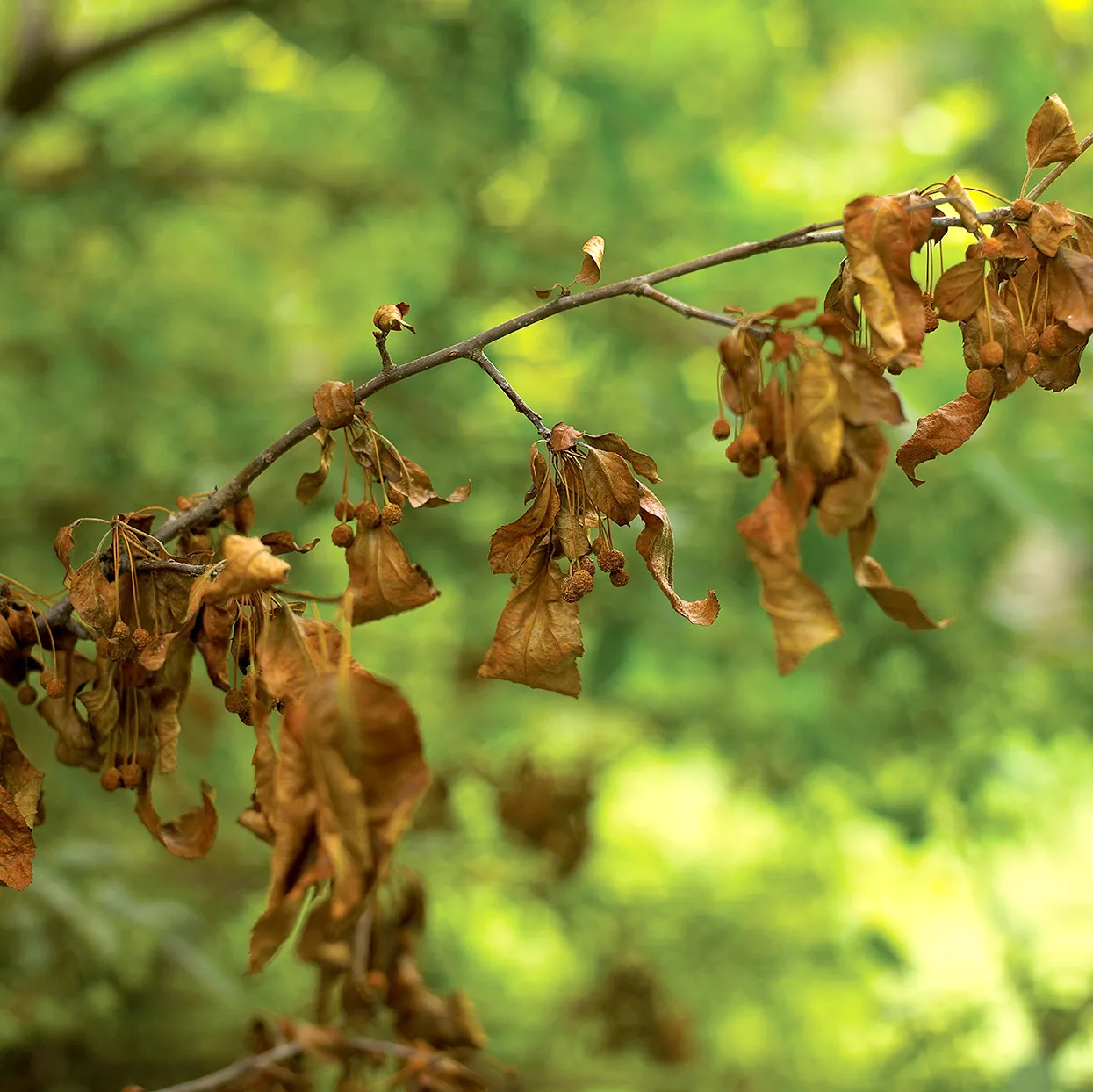
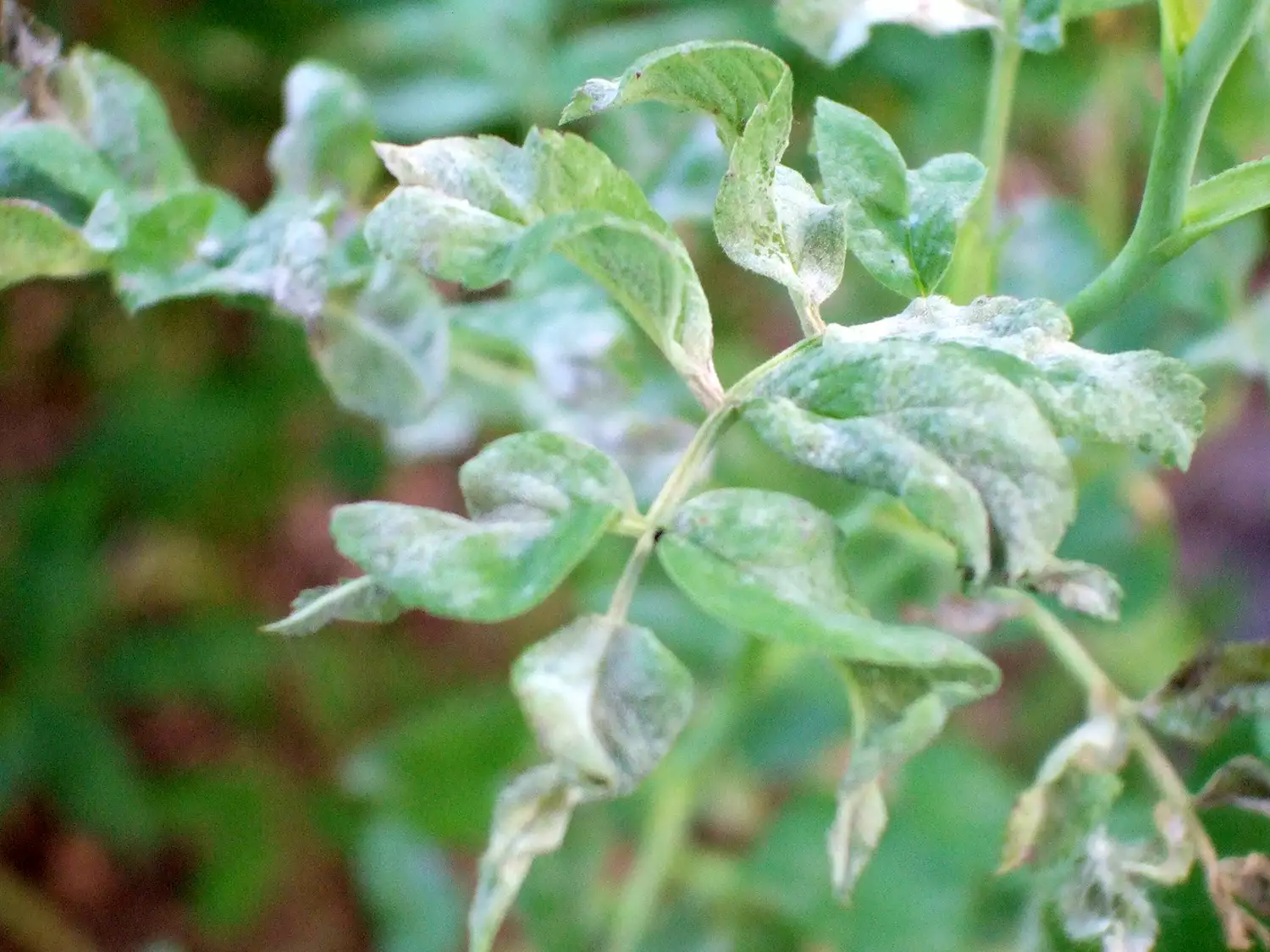
POWDERY MILDEW
Powdery mildew forms a white coating on leaf surfaces during dry, cloudy weather with high humidity. It's caused by several fungi varieties and affects plants that grow in the shade the most.
Damage: When this tree disease hits, leaves are covered with a thin layer or irregular patches of a powdery, grayish-white material. The leaves may become distorted. Infected leaves may turn yellow or red and drop. In late fall, tiny black dots are scattered over the white patches like pepper grains.
GALL
A symptom of a fungal or bacterial condition or infection by several insects, gall is an odd and sometimes unsightly growth that can be found on a tree. It can vary from 1/8-inch growth on leaves to massive swells on a tree's trunk.
Damage: Swollen growth on leaves, shoots, or the trunks of trees.

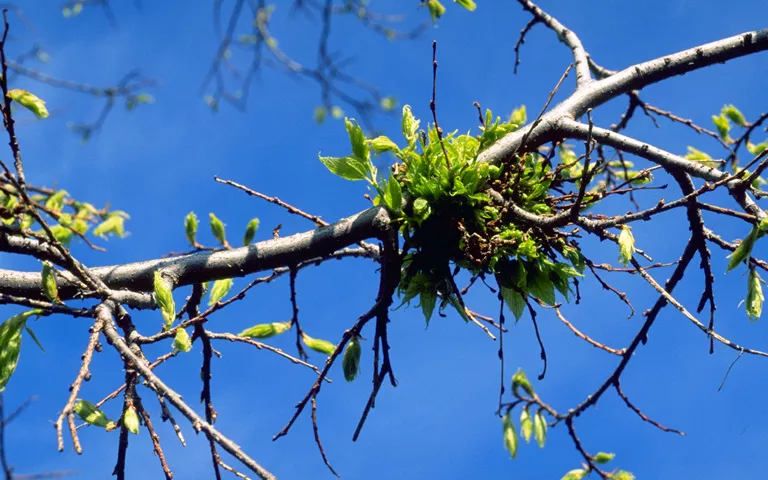
WITCHES BROOM
Characterized by odd-looking clusters of intense growth, shoots infected with witches' broom grow out of lateral buds on branches in a pattern that can resemble a broom.
Damage: A prolific broom infection has the potential to pop up all over the tree, destroying it in some cases. Trees are susceptible to infection of witches' broom at vulnerable points, such as where there's been pruning or injury.
CANKER
Canker is a tree disease characterized by a localized dead area on a trunk or branch. Cankers are caused by everything from mechanical damage inflicted by a lawn mower to environmental stress such as frost cracks and sunscald, to types of fungi and bacteria.
Damage: On young or smooth-barked trees, the surface of the canker is often discolored, and tissue around the canker is enlarged. The size of a canker can range from a small lesion on a branch to a massive dead area on the plant's trunk. Cankers on young trees can kill them. They rarely kill established trees, but they may cause severe growth deformities.
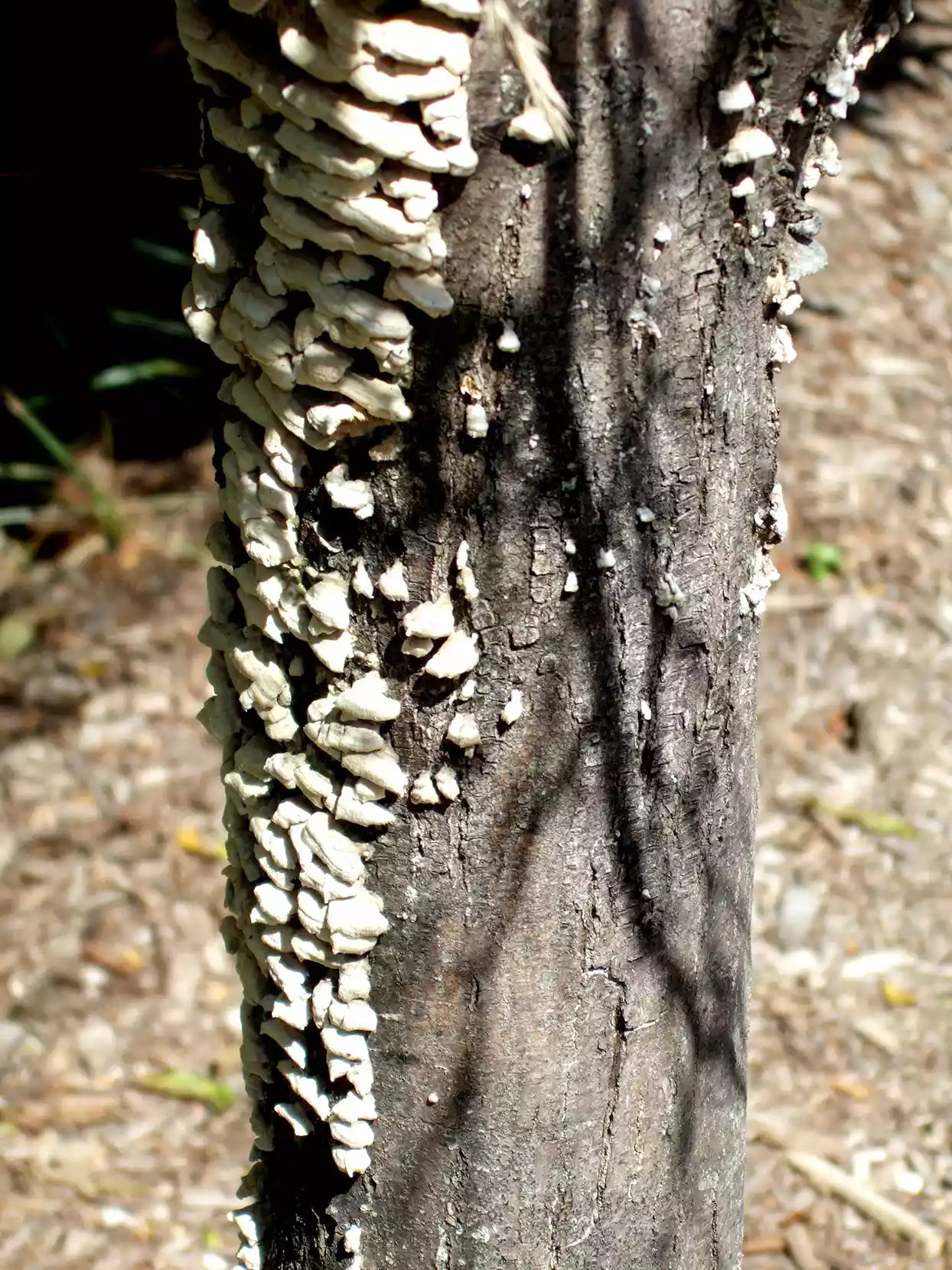
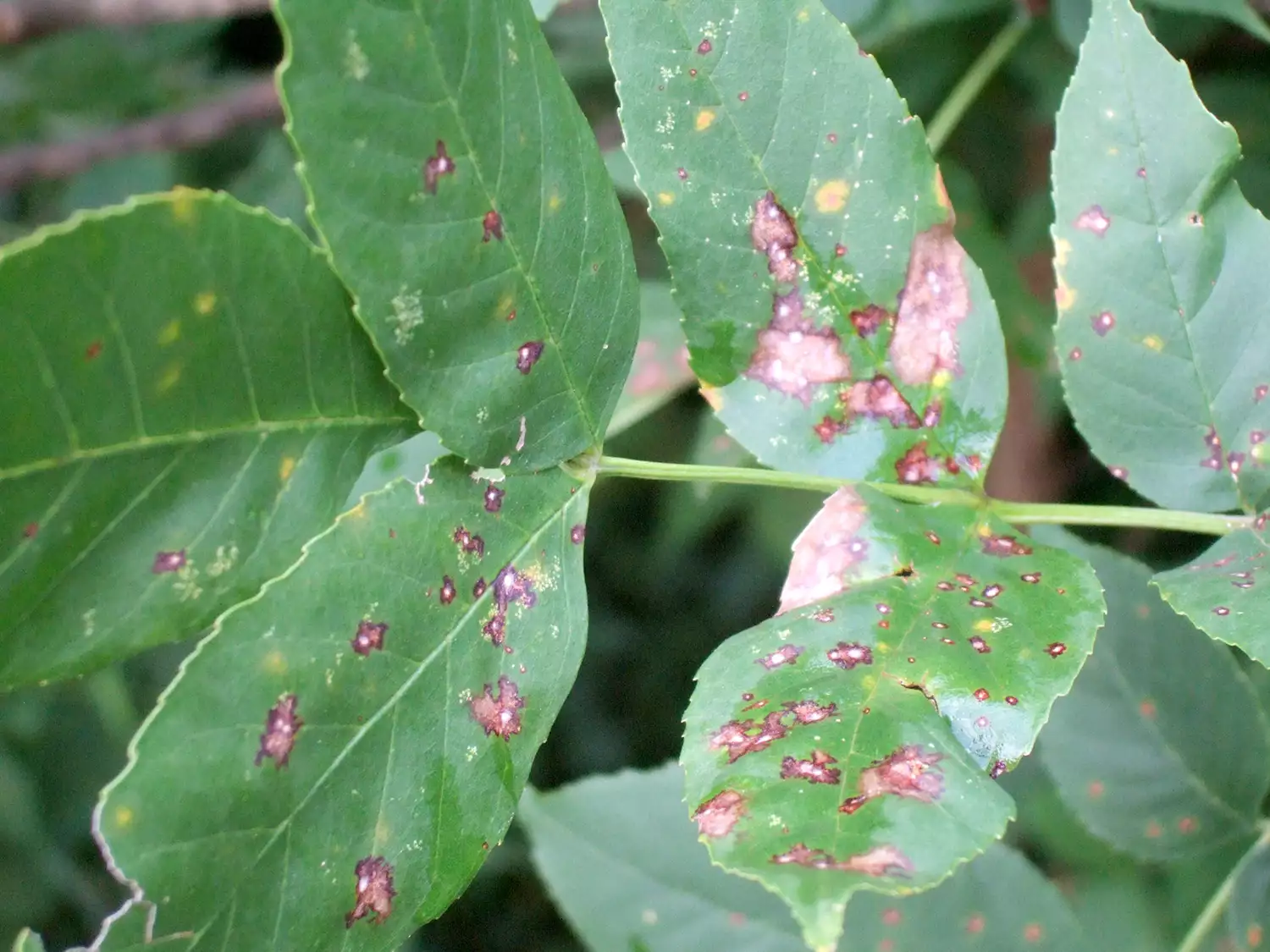
LEAF SPOT
Leaf spot is fungi that cause red spots that rot holes in foliage. It spreads rapidly during cool, wet spring weather when new foliage develops. Ornamental cherry trees are especially vulnerable to leaf spot tree disease.
Damage: Infected leaves develop spots, turn yellow or brown and drop off the tree.
JAPANESE BEETLES
Adult Japanese beetles feed on flowers and leaves of various trees and shrubs, such as linden, crabapple, birch, and rose. When the beetles find a food source, they release a scent that attracts more beetles. Females lay eggs in the soil, which hatch into grubs, a major lawn pest.
Damage: Japanese beetles eat leaf tissue between the veins, creating a skeletonized effect. They may also eat large holes in flower petals.
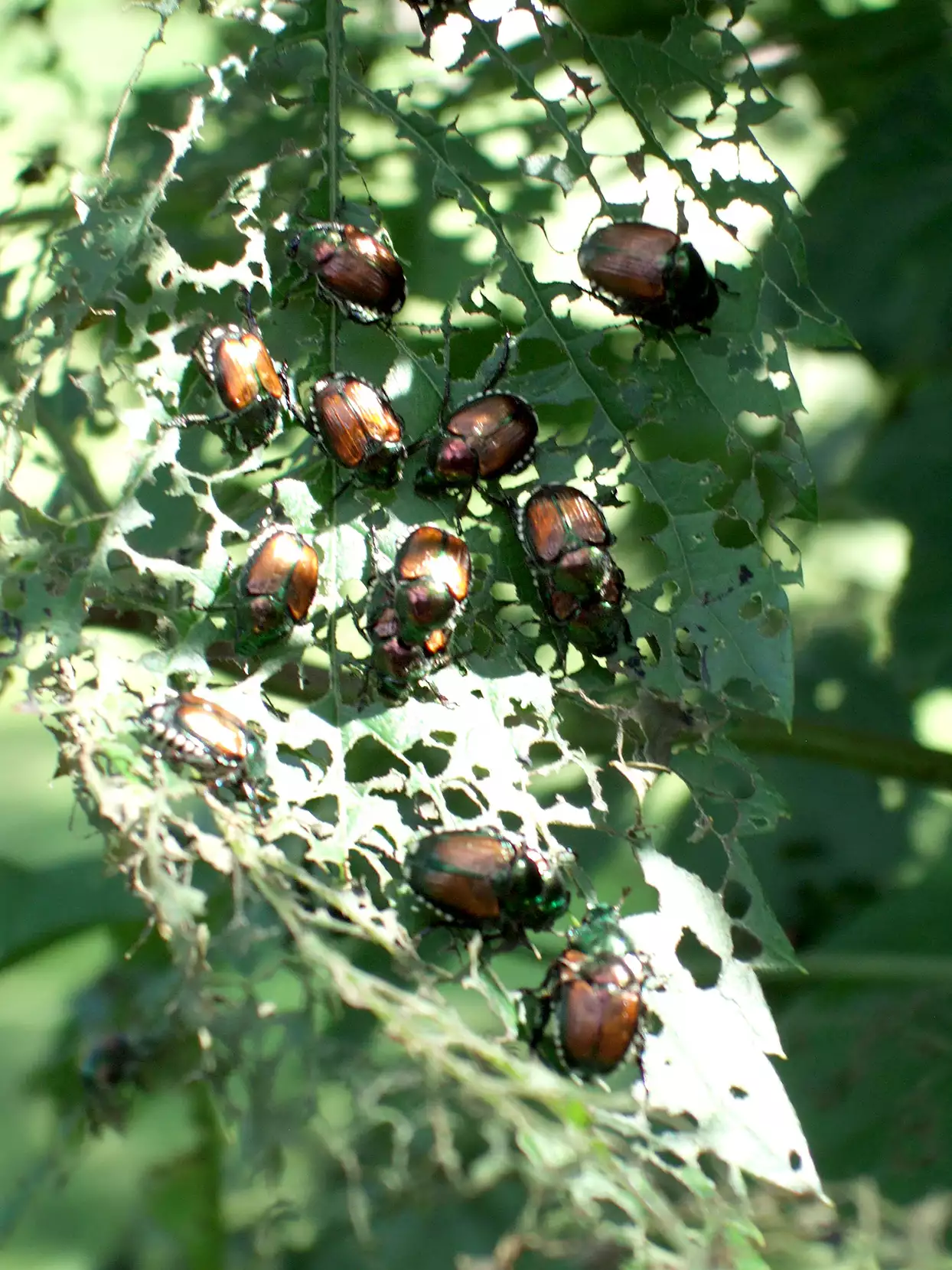
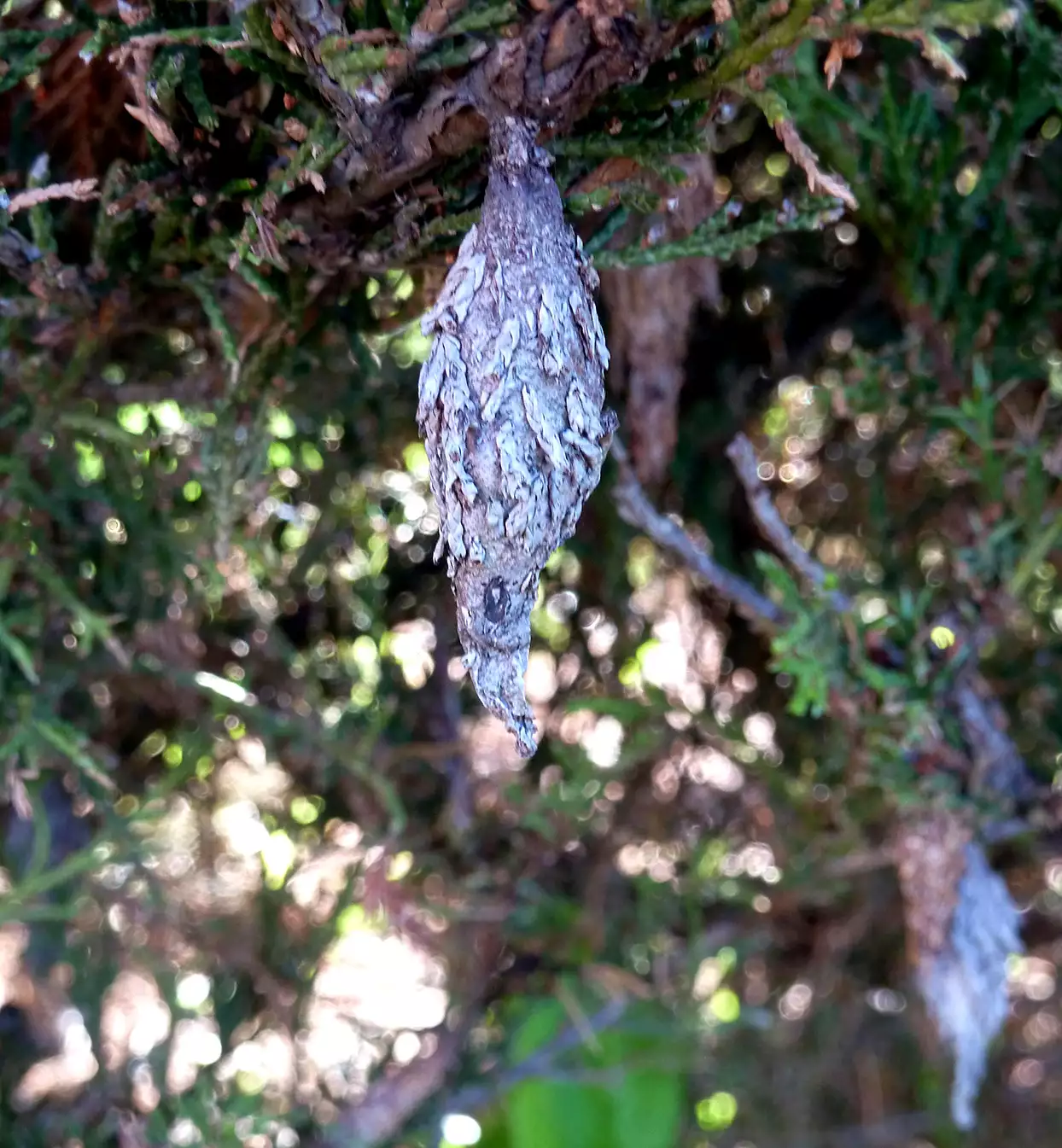
BAGWORMS
Bagworms eat the leaves of many trees and shrubs. Larvae hatch in May or June and immediately begin feeding. Each larva constructs a bag that covers its entire body. Larvae pupate in the bags. When adult males emerge from pupal cases, they fly to find females and mate. After mating, the female lays eggs in the bag, and then overwinters on a tree or shrub. Larvae emerge in spring to continue the cycle.
Damage: Leaves are chewed, and branches or entire plants may be defoliated. Brown, 1- to 3-inch-long "bags" hang from the branches.
APHIDS
Aphids are minute pear-shaped, soft-bodied insects. Their reproductive potential, salivary secretions, and ability to transmit viral diseases make them the most potent and worldwide enemies of many crops and ornamental plants. There are approximately 4,400 aphid species in the world. Aphids suck sap from plants and cause the leaves to appear curled and distorted, especially when the population is high. They excrete honeydew, a sugar-rich substrate that promotes the growth of sooty mold.
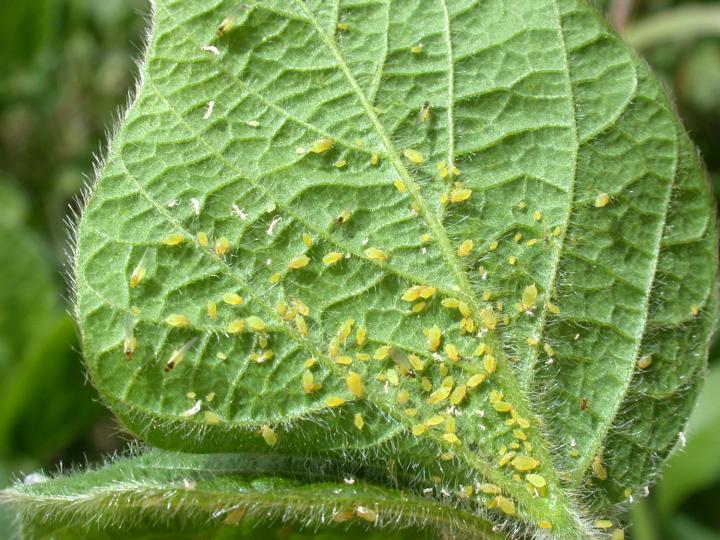
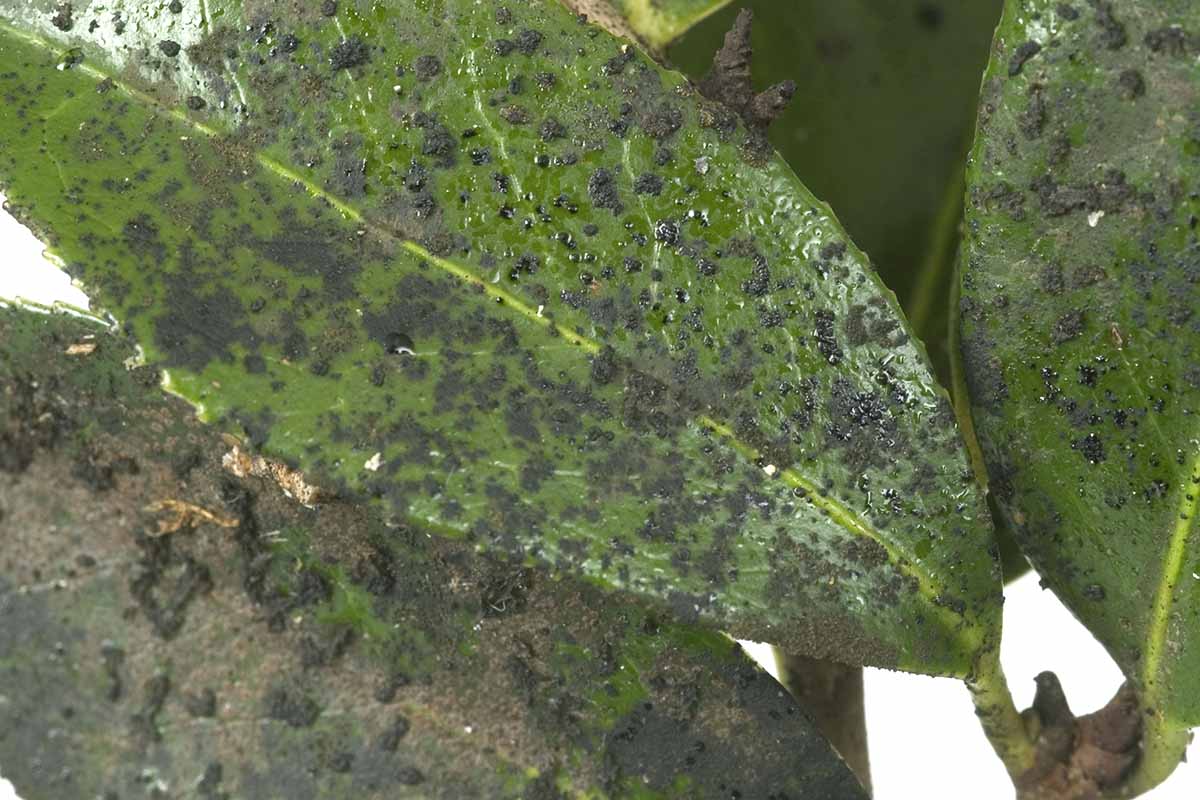
SOOTY MOLD
Sooty mold is a fungal disease that grows on plants and other surfaces covered by honeydew, a sticky substance created by certain insects. Sooty mold's name comes from the dark threadlike growth (mycelium) of the fungi resembling a layer of soot.
SPIDER MITES
The spider mite infests many different woody ornamental plants in the landscape, but is most commonly found on azalea, citrus, elaeagnus, plumeria and pyracantha. Spider mites feed on plant sap with needle-like piercing-sucking mouthparts, causing yellowing on leaves as the individual cells are collapsed, with continued feeding causing a ‘stippled-bleached’ effect initially along the midrib and major veins. As populations increase, distinctive webbing is produced on plant surfaces; if the mites are not controlled, leaf necrosis and defoliation will occur. Populations may be highest in spring and early summer and are often exacerbated by drought stress or the use of toxic insecticides that are disruptive to mite biological control
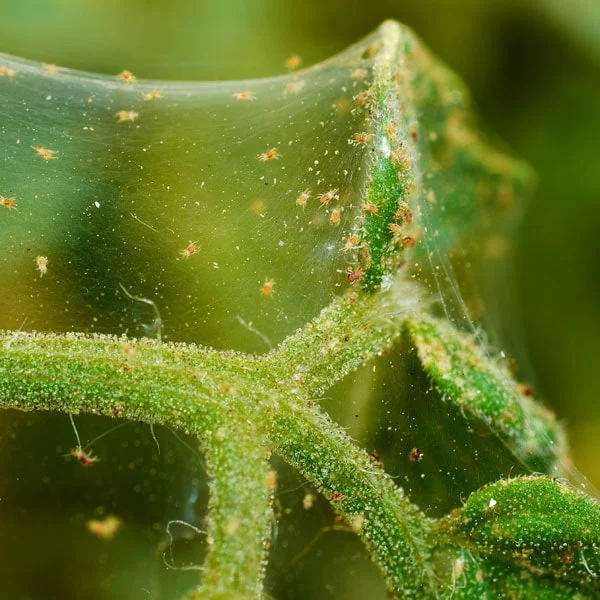

LACE BUGS
Both nymphs and adult lace bugs suck the fluid from plants (like the plant scale bugs and spider mites) through the undersides of the leaves.
This interferes with photosynthesis and causes stippling and discoloration of the leaf. You will usually see this severe damage in the later weeks of summer.
Before the damage occurs, you may notice the spots of dark, shiny excrement on the undersides of your plants’ leaves. In very heavy infestations, this can actually drip onto the ground beneath the plants. When you see these symptoms, you can be fairly certain that you are dealing with lace bugs; however, some other types of pests also cause this kind of damage.
WHITE FLIES
Whitefly adults and immatures feed on sap. As they feed, they excrete honeydew, a sticky substance that causes unsightly glistening and supports the growth of black sooty mold. Very large populations of whiteflies cause stunting of plant growth, and leaves may senesce and die. Physiological abnormalities, such as white stem on poinsettia, may also occur. Usually populations are not high enough to stunt ornamentals, and damage is mostly caused by honeydew, sooty mold, and nuisance populations of flying adults.
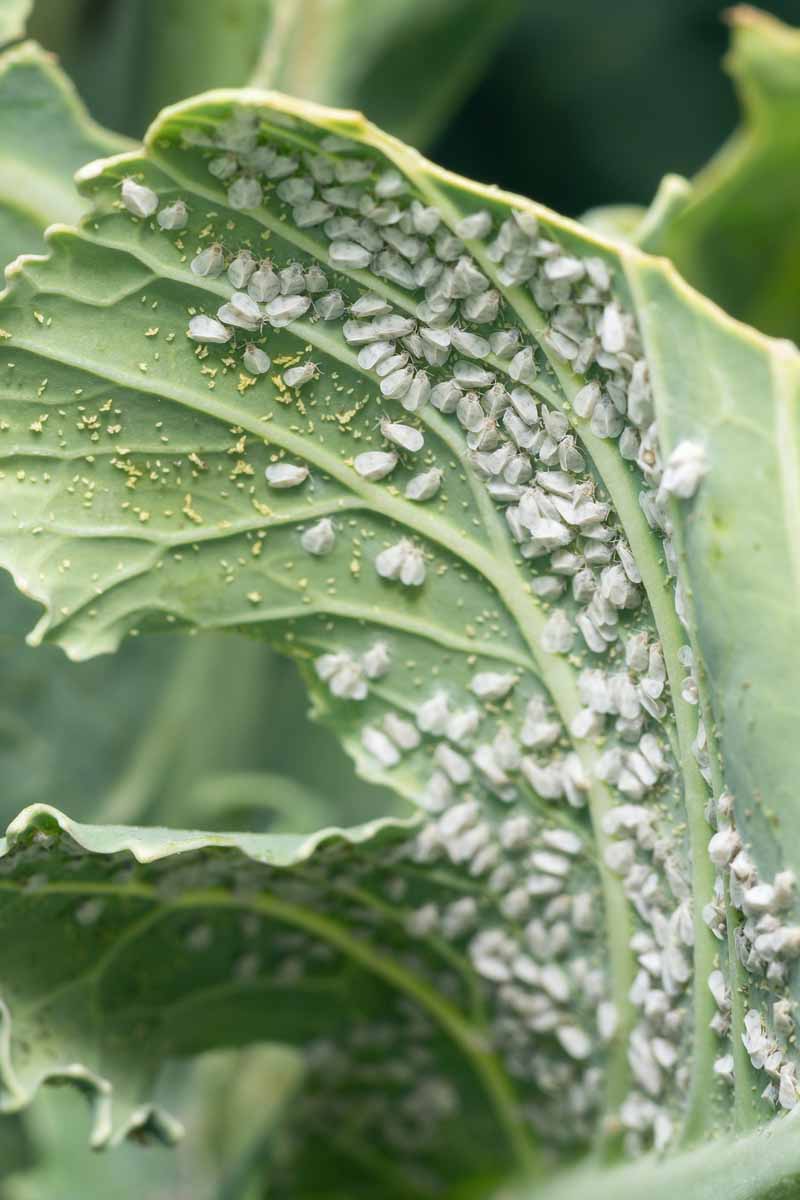
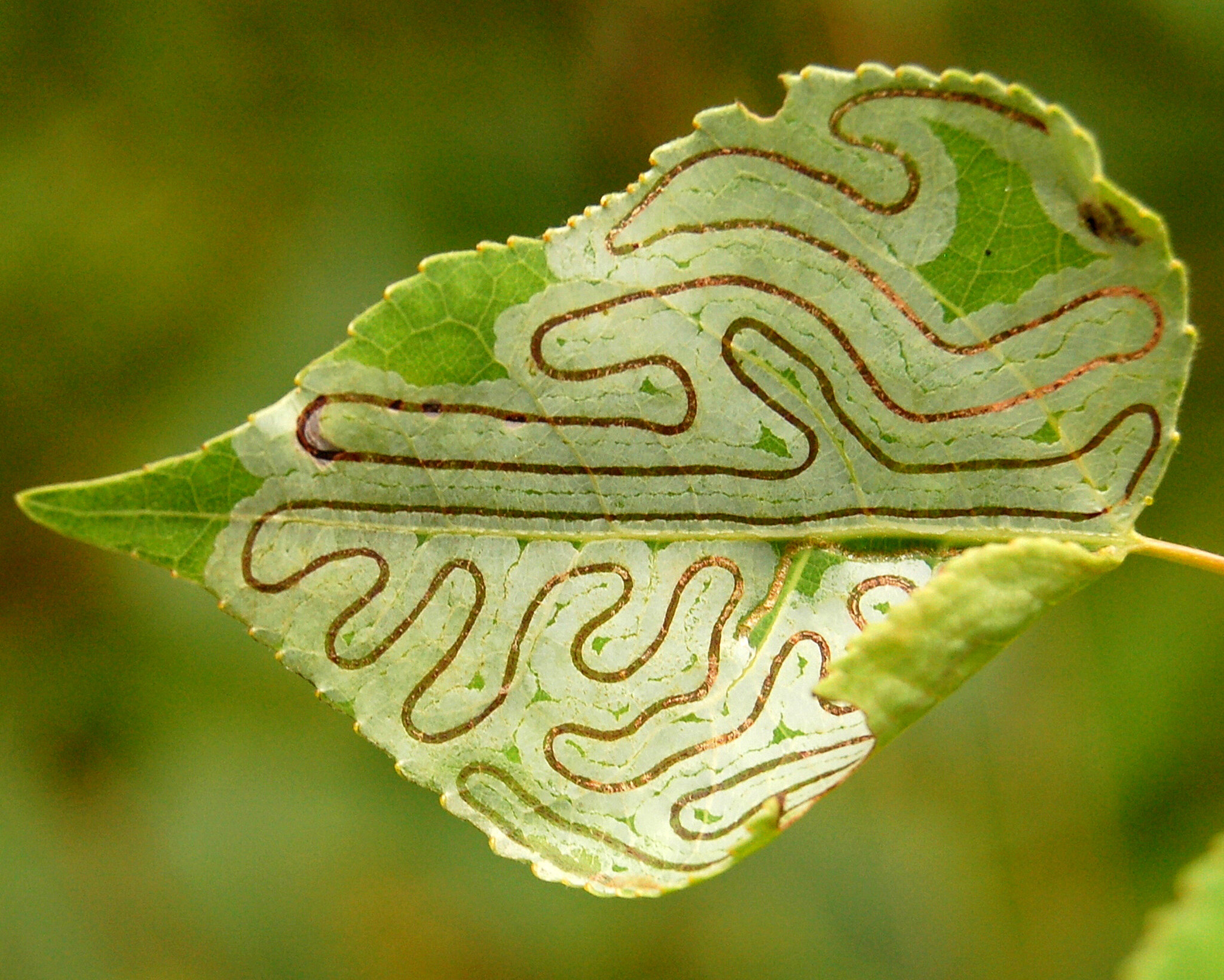
LEAF MINERS
The larva eats into the leaf when they hatch. They eat the green part of the leaf and leave behind brown trails or blotches. While leaf miners do not usually kill a plant, they damage it cosmetically and usually ruin the marketability of spinach, beet greens, and other vegetables.
SCALE INSECTS
Scale Insects vary dramatically in appearance; some are very small organisms (1–2 mm) that grow beneath wax covers (some shaped like oyster shells, others like mussel shells), to shiny pearl-like objects (about 5 mm), to creatures covered with mealy wax. Adult female scales are almost always immobile (aside from mealybugs) and permanently attached to the plant they have parasitized. They secrete a waxy coating for defense; this coating causes them to resemble reptilian scales or fish scales, hence their common name. Most scale insects are parasites of plants, feeding on sap drawn directly from the plant’s vascular system. Scale insects feed on a wide variety of plants
